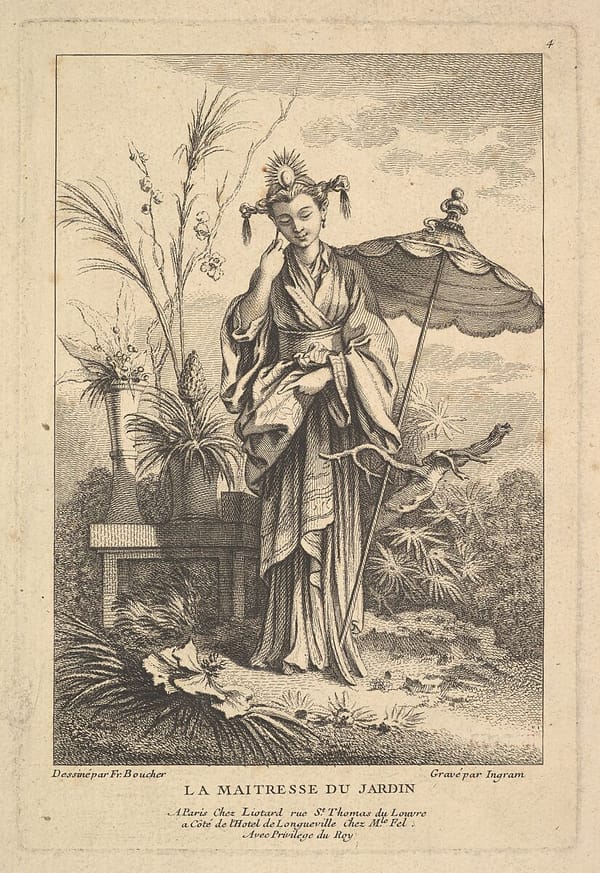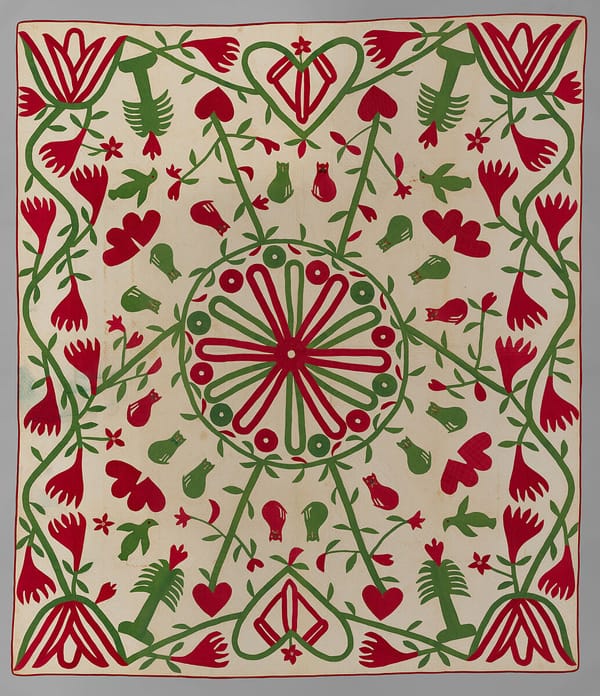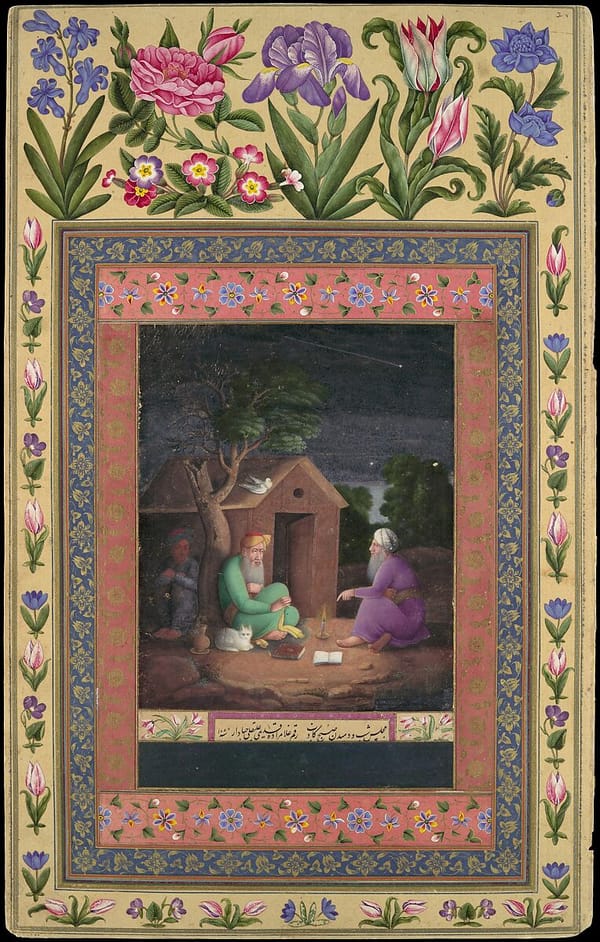Wheat Domesticated Us
The reason that wheat became the grain of choice in northern climates is thanks to a uniquely small lectin in wheat, known as wheat germ agglutinin (WGA), which is responsible for wheat’s weight-gaining propensity. (Location 341)
Yes, cows develop heartburn from these lectins, just as you do. To keep their beasts eating more of this fattening food, farmers dose them with calcium carbonate, the active ingredient in Tums.11 In fact, half of the world’s production of this compound is added to cattle feed to stop the heartburn, ensuring that cows continue to eat their unnatural diet of corn and soybeans. (Location 358)
We did not domesticate wheat. It domesticated us. (Location 1291)
Ten thousand years ago wheat was just a wild grass, one of many, confined to a small range in the Middle East. Suddenly, within just a few short millennia, it was growing all over the world. (Location 1275)
Fast-forward five thousand years or so. Thanks to its granaries full of wheat, ancient Egypt was able to feed its people, including the slaves who built its pyramids, enabling its rise to a great kingdom. However, analysis of thousands of Egyptian mummified remains has revealed the health status of those wheat eaters, and it wasn’t good. They died overweight, with clogged arteries. Their teeth were also decayed from a diet high in grains, which are full of simple sugars, and worn down to the gums from grinding the grains.3 The mummified remains of Queen Nefertiti suggest that she most likely had diabetes. (Location 564)




